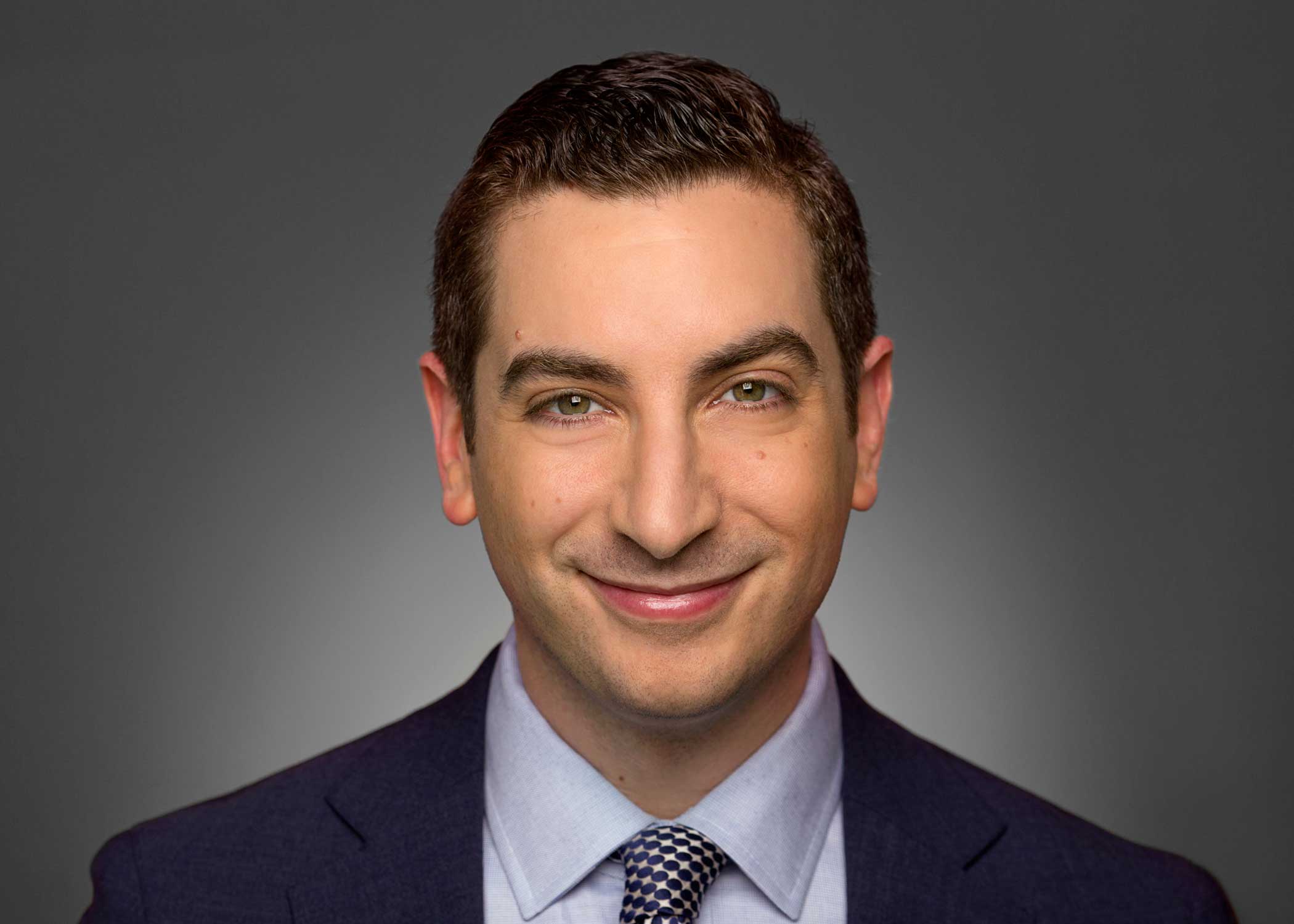“Stereophonic” Rumors and an Evaluation of Cases from the Last Decade Exploring the Ability and Limits of Borrowing Copyrighted Material for the New York Stage
By Ethan Krasnoo
This month, the producers and sound engineer behind Fleetwood Mac’s recordings filed a lawsuit alleging that the playwright David Adjmi and other related parties infringed their copyright in the memoir Making Rumours with Adjmi’s currently running Broadway play, Stereophonic. Notably, Stereophonic has garnered significant acclaim, winning five Tony Awards this year, including for Best Play.
The complaint alleges that “hidden beneath the flashy surface is the disturbing truth that [David] Adjmi [the playwright] wrote ‘Stereophonic’ by stealing copyrighted material from ‘Making Rumours.’” The case is Caillat v. Adjmi, No. 24 CIV. 07417 (S.D.N.Y. Oct. 1, 2024). Despite allegations of similarities between the works, Adjmi has maintained that Stereophonic is not derived from either the memoir or the circumstances surrounding the creation of Fleetwood Mac’s studio album Rumours. In contrast, numerous news outlets have pointed out the ways in which the characters in Stereophonic resemble the band members of Fleetwood Mac, particularly as both the fictional band in the play and Fleetwood Mac comprise a mix of American and British members, consisting of three men and two women. The play also focuses on two couples within the band going through breakups, mirroring the real-life relationships of Fleetwood Mac band members at the time Rumours was being made. Moreover, both the play and memoir allegedly focus, at least in part, on the making of an album from primarily behind the glass of the control room within a recording studio from the viewpoint of the sound recording engineer.
The complaint further highlights alleged similarities between specific passages in the memoir and the play’s script, citing instances such as the repetition of the phrase “Wheels up” and reference to having drinks with “Tony Orlando.” My own viewing of Stereophonic supports the allegations in the complaint as during intermission, the gentleman sitting next to me, whom I did not know, remarked on how closely the breakup story mirrored the stories of Fleetwood Mac members. Nevertheless, the pivotal question remains: do these similarities constitute sufficient grounds for a claim of copyright infringement? Even acknowledging the parallels, they may be too generic to support a successful claim of copyright infringement. Continuation of the case is expected to shed light on the dispute.
This is not the first instance in the last decade that federal courts have attempted to clarify the boundaries and unacceptable use of copyrighted works in New York theatrical productions. Aside from assessing whether a copying can constitute infringement in itself, courts have also analyzed the use of copyrighted works in New York theatrical shows to determine if fair use exists as a defense to copyright infringement.
For example, one case concerns Who’s Holiday!, a dark comedy by Matthew Lombardo, which looks ahead 43 years after How the Grinch Stole Christmas, where Dr. Suess’ Grinch seeks to ruin Christmas for the always-happy Whoville residents, but is won over by two-year old cheerful and innocent Cindy Lou. In Who’s Holiday!, a one-woman show, Cindy Lou is a 45-year-old embittered adult recently released from prison for murdering the Grinch, whom she had married in the interim. The play navigates a story which is rife with profanity and adult themes encompassing poverty, teenage pregnancy, substance abuse, and prison culture. Following a cease and desist letter from Dr. Seuss Enterprises LP, playwright Lombardo brought litigation seeking a declaration that Who’s Holiday! did not infringe on the intellectual property rights of Dr. Suess. Although originally slated for a nine-week off-Broadway run in November 2016, the production was delayed due to the copyright dispute. Ultimately, the court determined that, upon evaluation of the four fair-use prongs which courts use to analyze whether an infringer has fairly used copyrighted work, the play represented a transformative use and parody of the original copyrighted Grinch content. The four non-exclusive fair use factors include (1) purpose and character of the use; (2) nature of the copyrighted work; (3) amount and substantiality of the use; and (4) the effect on the market for the copyrighted work. The ruling emphasized that, while the play served a commercial purpose and borrowed heavily from the original fictional work, the transformative purpose and character of the play was more significant in the weighing analysis, which resulted in the fair use finding. The case is Lombardo v. Dr. Seuss Enterprises, L.P., No. 16 CIV. 09974 (S.D.N.Y. Dec. 27, 2016).
In the Who’s Holiday! case, Judge Akvub J. Hellerstein distinguished Who’s Holiday! from the precedent set by TCA Television Cor. v. McCollum, a ruling by the Second Circuit that held use of Abbott and Costello’s famous “Who’s on First?” routine in the Broadway play Hand to God did not constitute fair use. Hand to God, which ran on Broadway from 2015 to 2016, was another dark comedy about a teenager growing up in a devoutly religious Texas small town who was possessed by a demonic sock puppet. The Second Circuit, which overturned the lower court’s decision that the play made fair use of the comedy routine, held that the use didn’t have anything to do with the original routine. The court opined that the puppet could have recited lines from any number of comedic routines, whereas Who’s Holiday! without the use of recognizable characters from Dr. Seuss’ Grinch story would not have been able to elicit its humor and commentary. The court concluded that “[t]he play may convey a dark critique of society, but it does not transform Abbott and Costello’s routine so that it conveys that message . . . To the contrary, it appears that the play specifically has its characters perform ‘Who’s on First?’ without alteration so that the audience will readily recognize both the famous routine and the [main character’s] false claim to having created it.” It is also significant to note that Hand of God included nearly a full minute of the “Who’s on First?” routine. Would a shorter part of the routine have led to a different ruling? Perhaps. In 2013, the Ninth Circuit held that a brief clip of The Ed Sullivan Show used in the Broadway production of Jersey Boys that introduced the Four Seasons when they appeared on the show in 1966 was fair use. Interestingly, while Hand to God was deemed to have infringed upon the original copyrighted works of Abbott and Costello, the Second Circuit also held that the copyright holder heirs who brought the lawsuit against the producers of Hand to God didn’t own the copyright in the first place, and thus, despite a seeming win on the merits, lacked standing to pursue their claims.
Examining these cases collectively, the holdings align with the United States Supreme Court finding in Campbell v. Acuff-Rose Music, which held that transformative works are those that alter the original with “new expression, meaning or message,” rather than merely repurposing it so as “to avoid the drudgery in working up something fresh.” Another federal court decision from 2015 also appears to support the framework involving the off-Broadway play, 3C (notably by the same playwright, David Adjmi, currently facing allegations regarding Stereophonic) which utilized the characters and structure of the iconic television show Three’s Company to convey a darker narrative. Although 3C did not transform the characters as radically as Who’s Holiday!, the court recognized it as a “highly transformative parody” of the sitcom that created “new information, new aesthetics, new insights and understandings.”
Should the court in Caillat v. Adjmi find that Stereophonic has in fact infringed upon the copyright held in Making Rumours, as the courts did in the other cases recounted above, the court would still be required to assess the extent of copyrighted material utilized, and whether that use was transformative, among other criteria, in evaluating potential defenses against infringement.
 This article is intended as a general discussion of these issues only and is not to be considered legal advice or relied upon. For more information, please contact RPJ Partner Ethan Krasnoo who counsels clients in areas of complex commercial litigation, arbitration, mediation and dispute resolution, and employment, intellectual property, and entertainment and media. Mr. Krasnoo is admitted to practice law in New York, the United States District Courts for the Southern and Eastern Districts of New York, the United States Court of Appeals for the Second Circuit and United States Tax Court.
This article is intended as a general discussion of these issues only and is not to be considered legal advice or relied upon. For more information, please contact RPJ Partner Ethan Krasnoo who counsels clients in areas of complex commercial litigation, arbitration, mediation and dispute resolution, and employment, intellectual property, and entertainment and media. Mr. Krasnoo is admitted to practice law in New York, the United States District Courts for the Southern and Eastern Districts of New York, the United States Court of Appeals for the Second Circuit and United States Tax Court.

